

Ecommerce conversion rate is a key performance indicator (KPI) that measures the percentage of website visitors who complete a desired action, such as making a purchase, signing up for a newsletter, or adding items to a cart. This metric is crucial for online businesses as it helps assess the effectiveness of their marketing, user experience, and sales strategies.
Ecommerce conversion rate measures how effectively a website turns visitors into customers. A high rate indicates good optimization for user experience and sales, while a low rate may highlight issues with navigation, pricing, or trust. It’s calculated by determining the percentage of visitors who complete a specific action, making it a key metric in digital marketing and ecommerce analytics.
Shopify conversion rate refers to the percentage of visitors on a Shopify-powered store who complete a desired action, such as making a purchase. Since Shopify is a popular ecommerce platform, understanding conversion rates on it helps store owners gauge the effectiveness of their site’s design, product pages, and checkout process. A typical Shopify store conversion rate ranges between 1% and 2%, but it can vary based on industry and store optimization.
Amazon conversion rate measures the percentage of visitors who purchase products on the platform. Given Amazon’s vast marketplace, conversion rates tend to be higher compared to standalone ecommerce stores, with rates typically ranging from 10% to 15% depending on the product category. Amazon’s strong reputation, customer trust, and streamlined buying process contribute to its higher conversion rates.
To measure how efficiently an online store converts visitors into customers, we use the ecommerce conversion rate formula. The formula for calculating the ecommerce website conversion rate is: To measure how efficiently an online store converts visitors into customers, we use the ecommerce conversion rate formula. The formula is:

For example, if an online store receives 10,000 visitors in a month and 500 of them make a purchase, the conversion rate for ecommerce would be:

A good conversion rate for ecommerce typically falls between 1% to 3%, though this can vary by industry, product type, and market. For most online stores, a conversion rate within this range is considered healthy. However, certain industries like fashion or beauty might experience lower rates, while niche products with targeted audiences might see higher conversion rates. Understanding your store’s specific context and comparing it with industry benchmarks will help you assess your performance and identify areas for improvement.
The typical ecommerce conversion rate refers to the average conversion rate most online stores can expect to achieve across industries. While this varies depending on the market, products, and optimization efforts, a typical ecommerce conversion rate is generally around 2-3%. This means that for every 100 visitors to an online store, 2 to 3 of them will make a purchase or complete a desired action.
However, it’s important to note that this is just a benchmark, and actual conversion rates can vary significantly. For example, businesses that are well-optimized for user experience and employ strong marketing strategies may exceed the typical rate, while others with less optimization may fall below this average.
The typical ecommerce conversion rate serves as a starting point for businesses to assess their own performance and set realistic goals. Improving beyond this typical rate often involves enhancing website design, streamlining checkout processes, improving product pages, and implementing targeted marketing campaigns.
The ecommerce conversion rate by industry refers to the variation in conversion rates across different sectors within the ecommerce landscape. Various industries, such as fashion, electronics, health & beauty, and home goods, typically experience different conversion rates due to the nature of their products, customer behavior, and market dynamics.
For instance:
Fashion and apparel stores often have higher bounce rates and lower conversion rates, as shoppers frequently browse without committing to a purchase. The average conversion rate for fashion ecommerce tends to be lower compared to other sectors, with many stores seeing fashion ecommerce conversion rates around 1% to 2%. This is why it’s common for conversion rates for fashion ecommerce to be on the lower side. However, offering personalized experiences or discounts could boost these numbers.

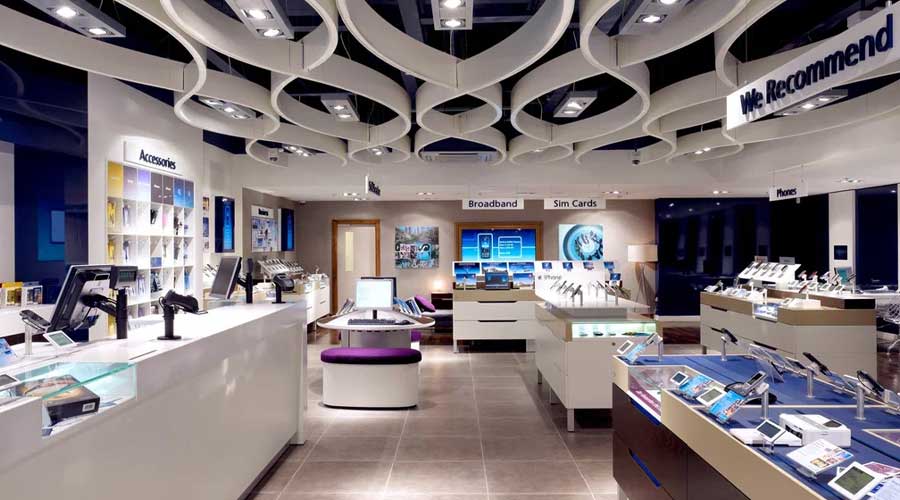
Electronics retailers
Electronics retailers may see higher conversion rates, as consumers often make more considered and deliberate purchases. Buyers tend to research and compare before buying, leading to slightly higher conversion rates than in fashion.
Health and beauty ecommerce sites might experience moderate conversion rates due to their reliance on customer trust, recurring purchases, and the availability of sample or trial sizes. These stores usually fall into the mid-range for conversion rates, with some reaching around the average conversion rate for ecommerce website of about 1.5%.


Luxury ecommerce conversion rate tends to be lower due to the high-ticket nature of the products, which require more trust and consideration before purchase. Although the luxury ecommerce conversion rate may be lower than average, it often results in higher-value transactions.
Furniture ecommerce conversion rate can also be lower due to the complexity and higher cost of the products, which lead consumers to take longer to decide. This sector often sees normal ecommerce conversion rates below 1.5%.
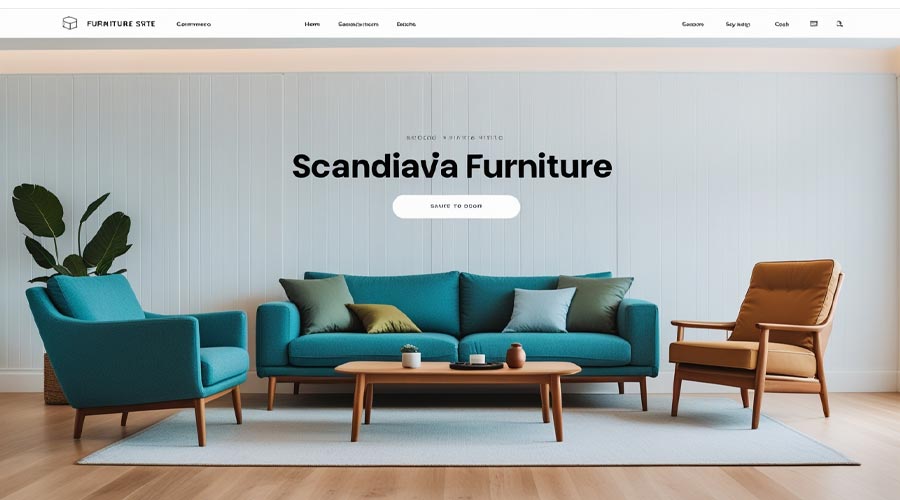
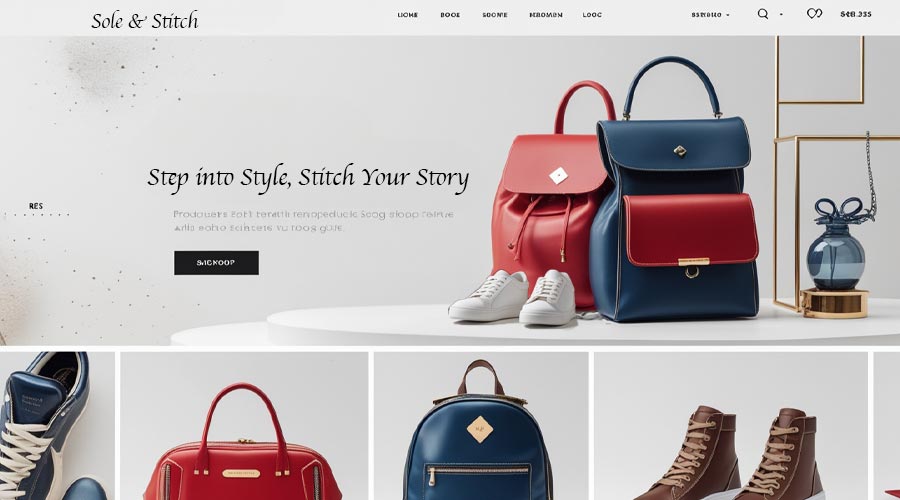
Retail ecommerce conversion rate is often higher compared to niche or luxury markets, with retail ecommerce conversion rates typically averaging around 2% to 3%, given the broad selection of products and customer accessibility.
Understanding the ecommerce conversion rate by industry helps businesses benchmark their performance against similar companies and understand what a competitive rate should look like within their specific sector. This allows for better goal setting and targeted strategies to improve conversions.
Optimizing your ecommerce conversion rate is crucial for enhancing the overall sales performance of your online store. Whether you are looking to increase ecommerce conversion rate or simply improve your site’s effectiveness, there are numerous strategies you can implement to boost conversions. Here are some proven methods to help you achieve this goal:
A slow website significantly impacts conversion rates. Visitors are unlikely to complete purchases if they face long loading times or difficulty navigating on mobile devices. Ensure your website is optimized for speed and mobile responsiveness. Mobile ecommerce conversion rates are particularly important, as an increasing number of shoppers use smartphones and tablets to make purchases.
A complicated checkout process is one of the main reasons for cart abandonment. To increase conversion rate on ecommerce website, simplify your checkout flow. Reduce the number of fields a customer needs to fill out and offer multiple payment options. This will help to increase ecommerce conversion rate by providing a smoother and faster experience.
Your product pages play a key role in converting visitors into buyers. Optimize these pages by using high-quality images, detailed descriptions, clear pricing, and customer reviews. Additionally, consider adding trust badges or guarantees to enhance credibility. A well-optimized product page can significantly increase conversion rate ecommerce by providing shoppers with the confidence they need to complete a purchase.
Customer reviews and testimonials act as powerful tools in persuading new visitors to make a purchase. By displaying reviews and ratings prominently, you can increase ecommerce conversion rate as new customers will be more likely to trust your brand. Social proof is especially valuable for new customers who are unfamiliar with your products or services.
Your calls to action (CTAs) should be bold, clear, and compelling. Phrases like “Buy Now,” “Add to Cart,” or “Get Yours Today” create urgency and encourage visitors to take immediate action. Well-designed CTAs can significantly increase conversion rate ecommerce and guide users through their shopping journey.
Offering limited-time discounts or free shipping is a proven way to motivate customers to complete their purchases. When shoppers feel they’re getting a deal or saving money on shipping, they are more likely to make a purchase. This strategy is particularly effective in increasing conversion rate on ecommerce website, especially during peak shopping seasons.
Product bundling is an effective strategy to increase ecommerce conversion rate by offering complementary products at a discount when purchased together. For example, if you sell a smartphone, you could bundle it with accessories like a case, screen protector, and headphones. Bundling encourages customers to buy more items at once and increases the overall value of their order. This also enhances the perceived value, encouraging customers to make a purchase they might not have otherwise.
Offering a personalized shopping experience can go a long way in improving conversion rates. Use customer data and browsing history to show personalized product recommendations. Personalized emails or pop-ups with special offers based on the user’s interests can also drive conversions. Personalization helps create a more engaging experience for the shopper, leading to higher chances of purchase.
Make sure your store is easy to navigate. Customers should be able to find products quickly without frustration. Use clear menus, categories, and filters, so visitors can quickly sort through your products. A well-organized website with intuitive navigation leads to better user experience, which in turn can increase ecommerce conversion rate.
Abandoned carts are a common issue in ecommerce. However, using retargeting strategies, such as sending reminder emails to customers who have left items in their cart, can help increase conversion rate ecommerce. Offering a discount or reminding them of the benefits of completing the purchase can often bring them back to finalize the transaction.
Not every customer prefers the same payment method. Offering a variety of payment options, including credit cards, PayPal, Apple Pay, and other digital wallets, can help increase conversion rate on ecommerce website. This flexibility allows customers to choose their preferred method, improving their chances of completing the purchase.
Exit-intent popups are a great way to capture customers who are about to leave your site without making a purchase. These popups can offer a discount, remind customers of items in their cart, or even provide free shipping. This technique can effectively increase ecommerce conversion rate by giving visitors a reason to stay and complete their purchase before leaving the site.

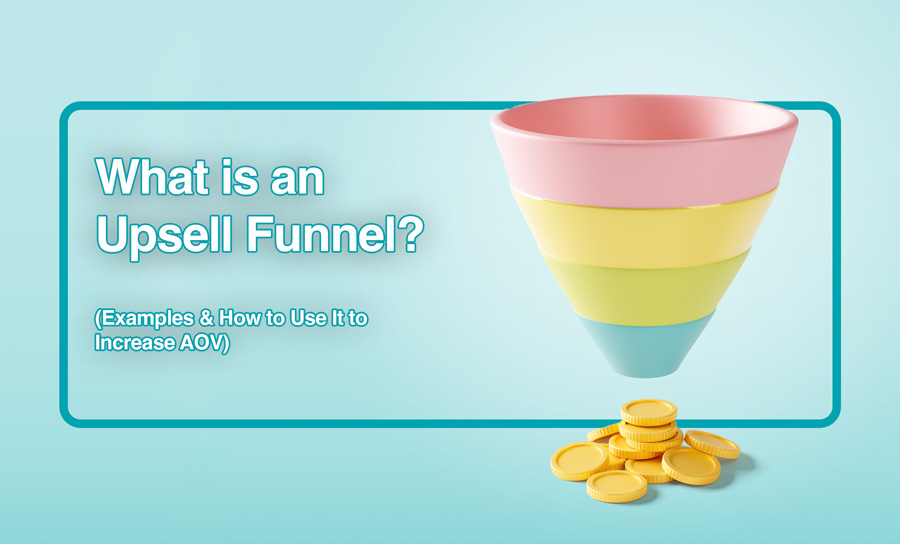
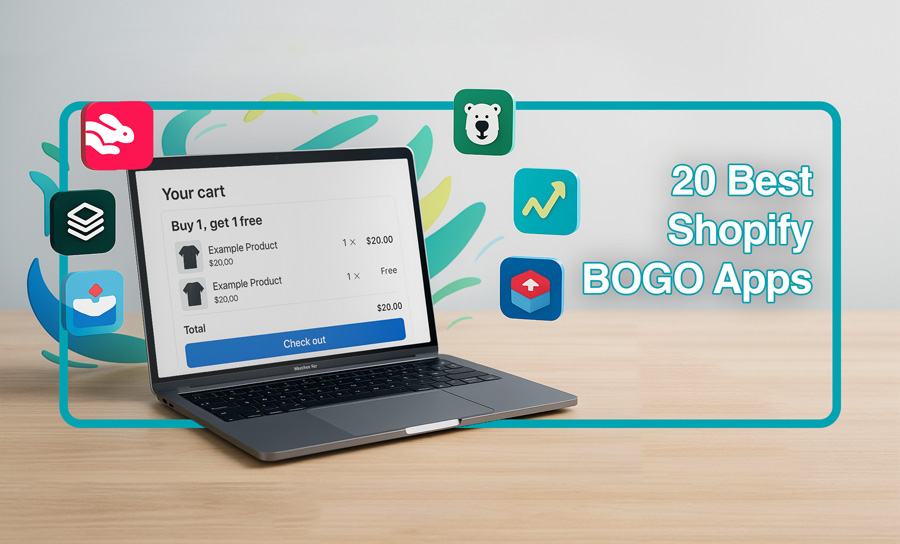
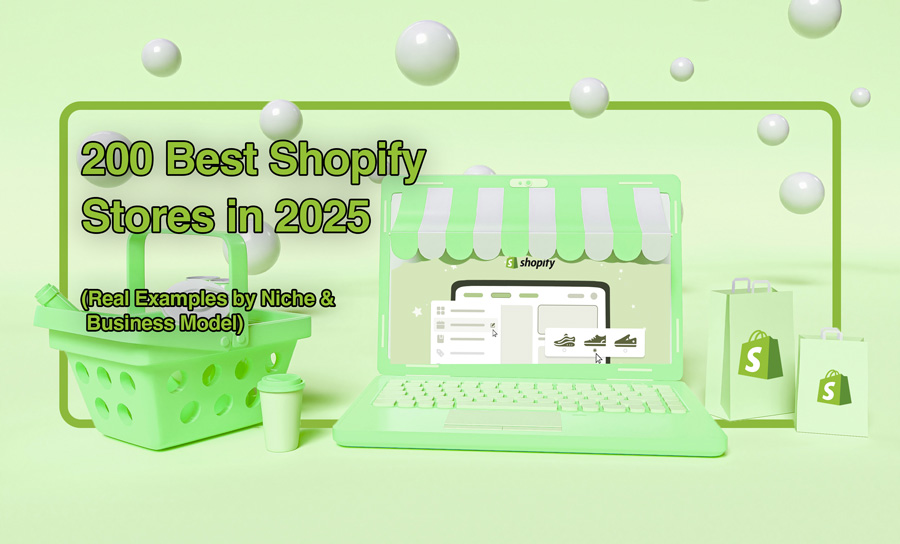

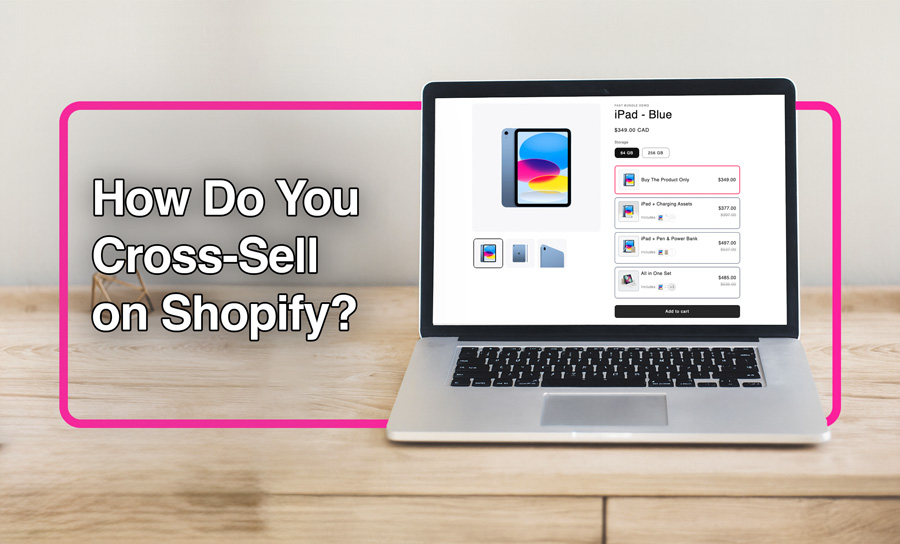
We use cookies and similar technologies for essential functions, commercial purposes, and to personalize your experience. Click "Accept all" to accept these uses.
Adding {{itemName}} to cart
Added {{itemName}} to cart